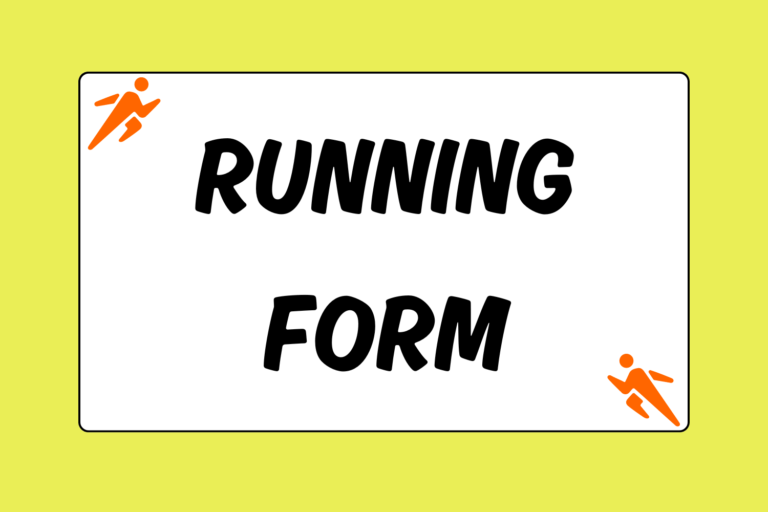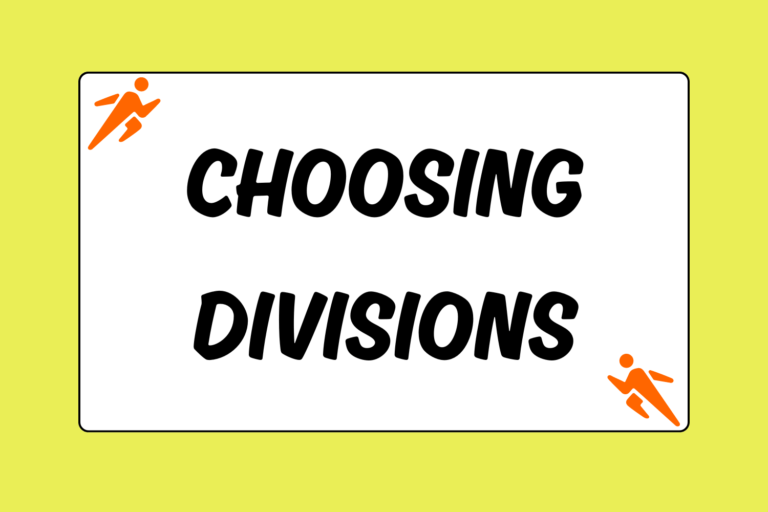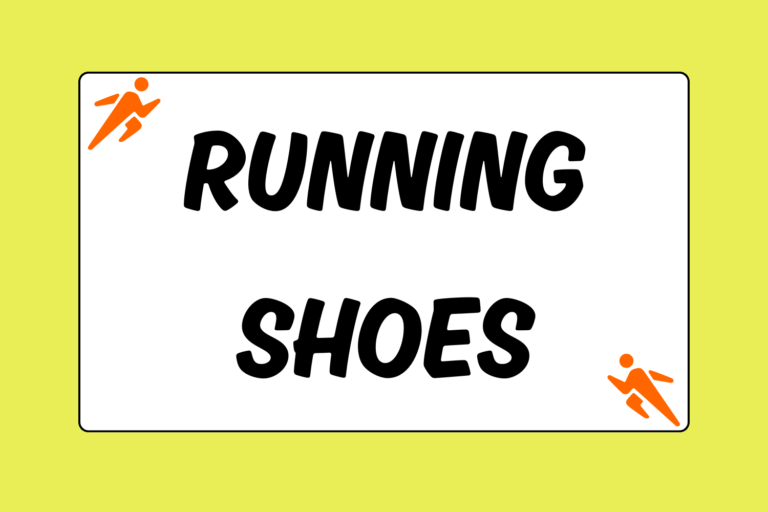Below are five things every new runner should have before they head out the door for the first time. Yep, only five things – no helmets, pads, pool, or membership needed.
Do you need any more evidence you chose the right sport?
1. A Good Pair of Running Shoes
The importance of proper running shoes cannot be overstated. The right pair is crucial for optimal enjoyment of the run itself, but also for keeping your body healthy as you ease into the sport. The best way to find the perfect pair is to head to the closest running shoe store. The employees are usually trained to help point people in the right direction – and some even have running-gait analysis (usually for free), where they make sure the shoes work for your style of running before your purchase.
If you can’t make it to a store, use the guide, “Getting the Right Pair of Shoes,” to learn if you have neutral, over-pronating, or supinating arches. Then buy a pair online. Make sure that the online provider has an easy return policy, just in case.
Keep in mind that your running shoes should probably be one or one-half size larger than those you wear the rest of the day. Feet tend to swell a bit during exercise and having extra wiggle room will prevent your toes from smashing up against the front of the shoe. That can not only lead to bone/tendon issues, but is also the main cause of the black-toenails and bunions you often see on serious runners. And if there is one thing this world does not need, it is another pair of ugly runner feet.
One note of warning: Shoes are not something to skimp on in terms of cost. Think of them as an investment, because the better the quality, the longer they will last. You might even save money on the more expensive pair, since quality shoes can be be worn for about 300-400 miles before being replaced.
2. Comfortable Running Shorts
If you don’t have these, it will be chafe-city – and there is nothing less inspiring than those ugly painful welts that tend to rise up on inconvenient parts of the body. There are a lot of different short options for both male and female runners, so make sure that you find style and size that work for you.
Although many runners wear a traditional split-short style, there are other options for runners who aren’t necessarily comfortable in tiny pieces of fabric with slits up to the hip. Some people prefer the roomier, more soccer/basketball-style short when they first start running, since it exposes less skin and feels less flashy.
At the opposite end of the spectrum lie spandex shorts – now socially acceptable for both woman and men, thanks to the “half-tight” look. Although you may feel more self-conscience in the tight fabric, many find that with tightness comes comfort, since everything is held in place.
Price is often not a reflection of short-preference, so check out any venue from a bargain basement to a high end performance-gear store to find your favorite pair.
3. Sport Watch
Using a stop watch is a good idea for a few reasons:
- It is an easy way to track progress. You can run for 10 minutes one day, 15 the next, and it’s a lot easier to tell yourself, “Hey, I can make it another five minutes!” than it is to imagine running another half-mile. It is a fun, objective way to keep track of yourself, and there is nothing more motivating than seeing progress right there in numerical form each time you step out the door.
- As a beginning runner, you may not know exactly how fast you are going. Using time instead of miles may help keep the pressure off at first while you get your rhythm.
- Finally, timing yourself is, counter intuitively, a good way to take your mind off what you are doing. Once you know that the watch is keeping track of your progress, you can enjoy the moment instead of tracking each step.
But remember – the watch is your friend. If you find yourself getting distracted by the feedback or frustrated by the time, just leave it at home. It should only be used as a positive tool.
4. Support for the Bits that Jiggle
Make sure that the boys or girls are supported (if you know what I mean), or it will be a really, really long run.
For woman, this means experimenting with different styles and sizes of sports bras. The good news is that bra technology has come a long way in the past couple of years, so no matter how top heavy a runner might be, there is a sports bra to keep them in place. Some find that moving down a size helps, while others need to move up to prevent under-the-bra chafing. Then there are those who can’t help but double up with two sports bras (although this may be more habit than functional in this day and age). Just find what works, makes you less self-conscious, and keeps those babies secure.
Men sometimes need a bit more support for under the shorts. Thound many running shorts already have built in underwear, some men may not find that enough and choose to wear jockey-shorts or briefs underneath the athletic shorts. Keep in mind that this area of the body tends to…heat up a bit during heavy cardio exercise, so wear as little as possible to keep your parts in place.
5. Tennis Ball
The tennis ball is the unglorified personal masseuse of the runner – and applied correctly, can really help loosen tight or tired muscles.
Just place the tennis ball under the part in question (calf, hamstring, arch, etc) and move it around until you feel the pressure in the right place. You can do this while watching TV, when you are at work, bed … basically anytime. You can’t really do a lot of harm since the tennis ball is pretty forgiving, but it is just firm enough to really get into those hard-to-reach muscles.
A Little Goes a Long Way
Remember, in this sport, a little goes a long way. So, find the gear that works for you and head out the door!





